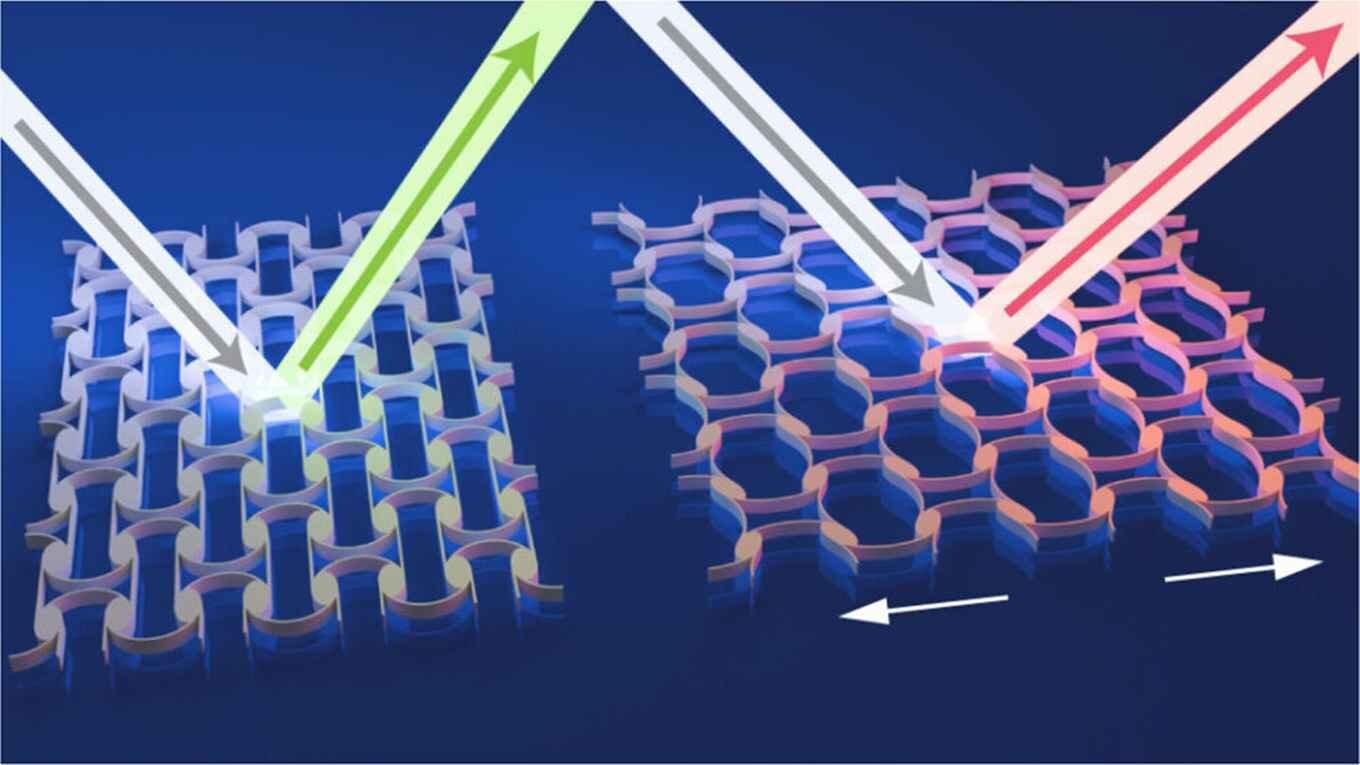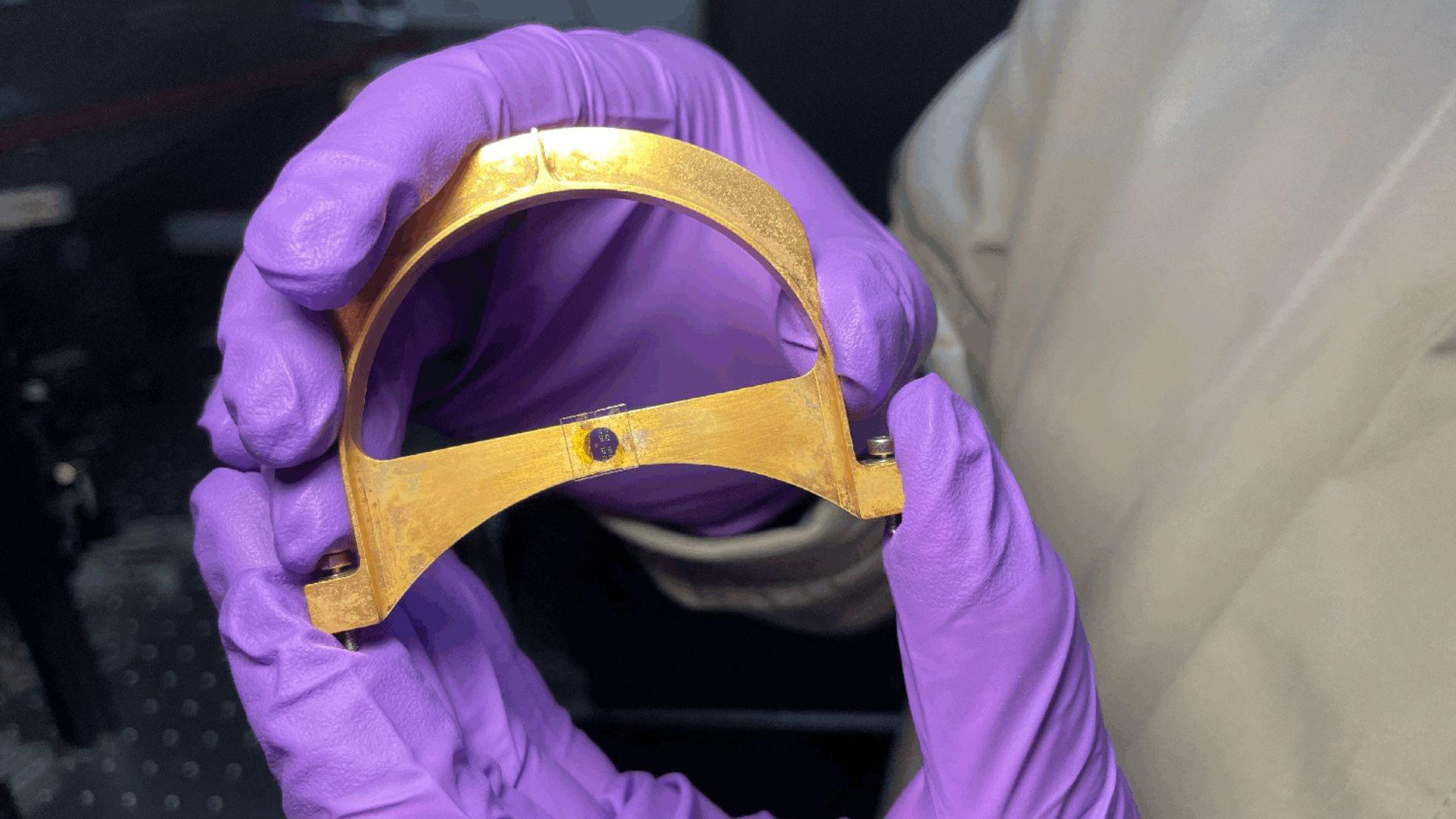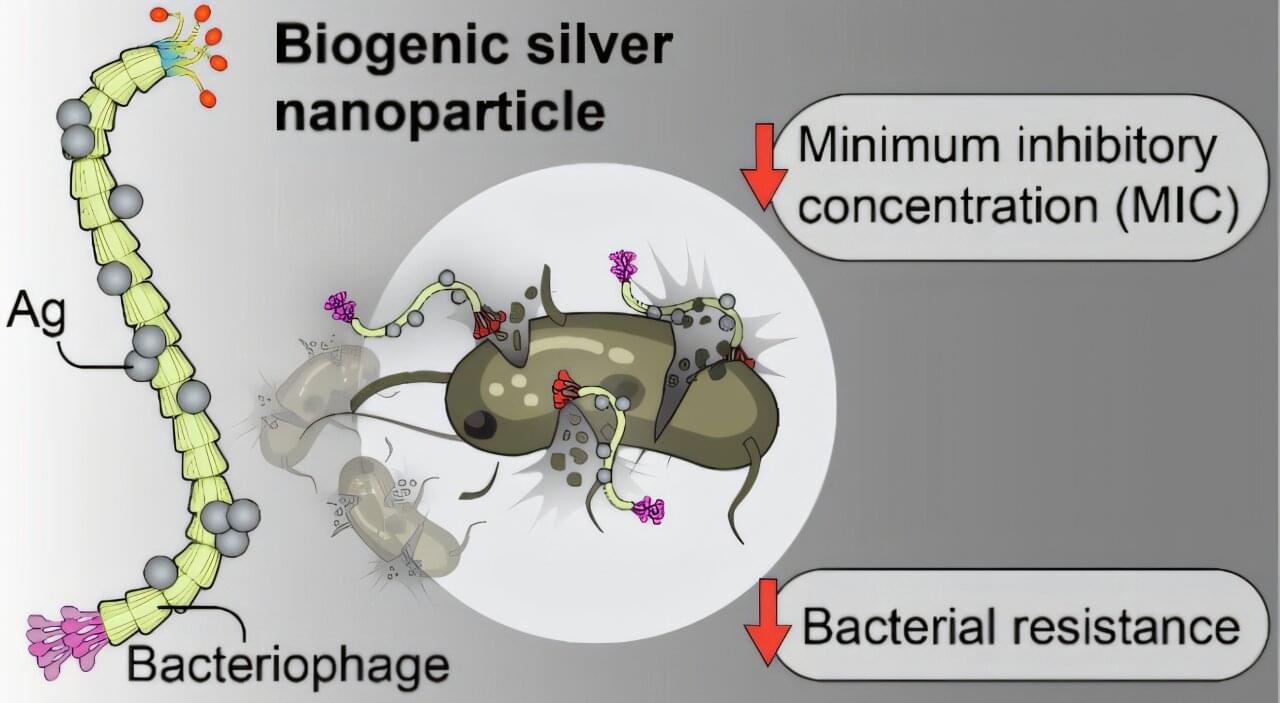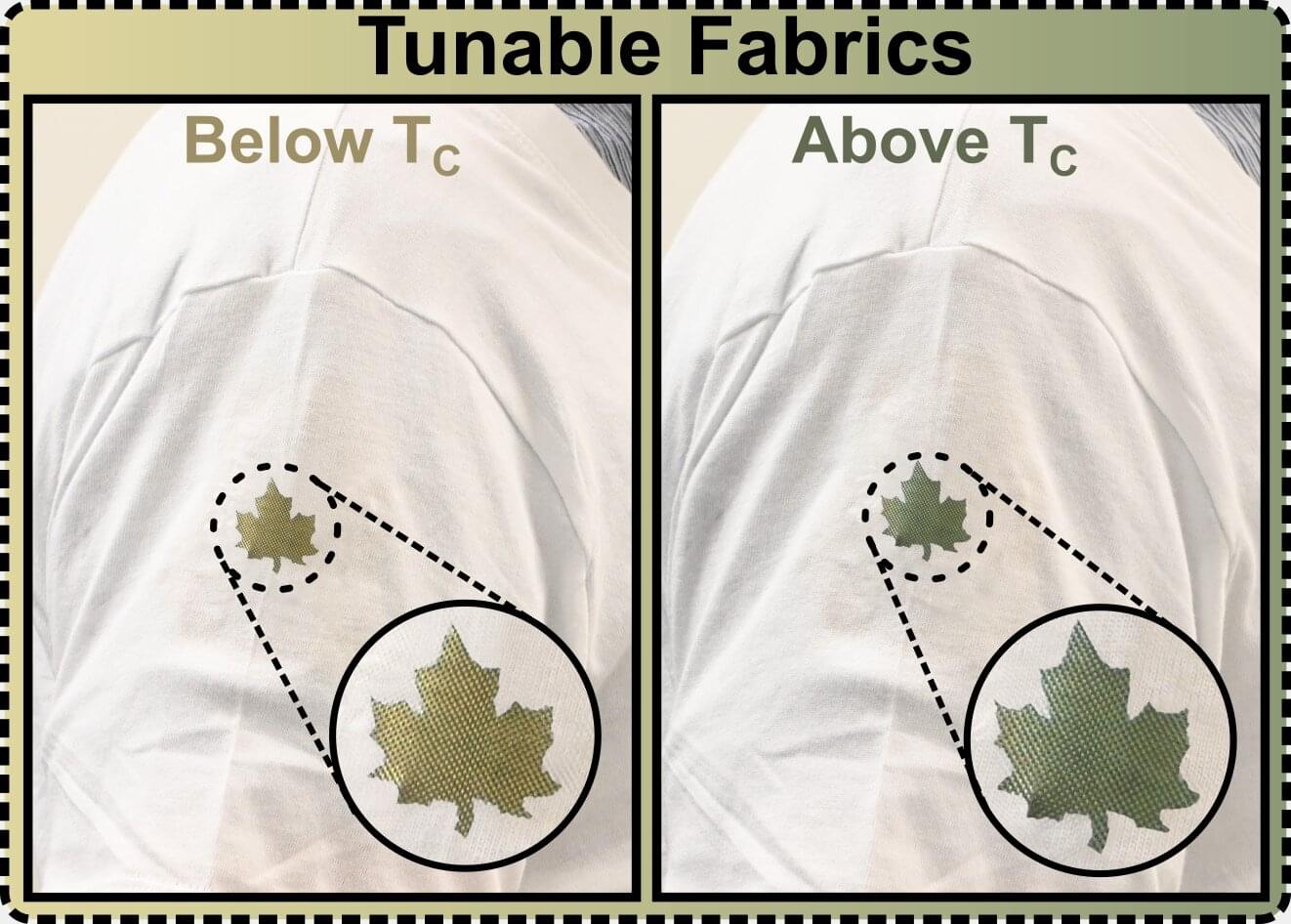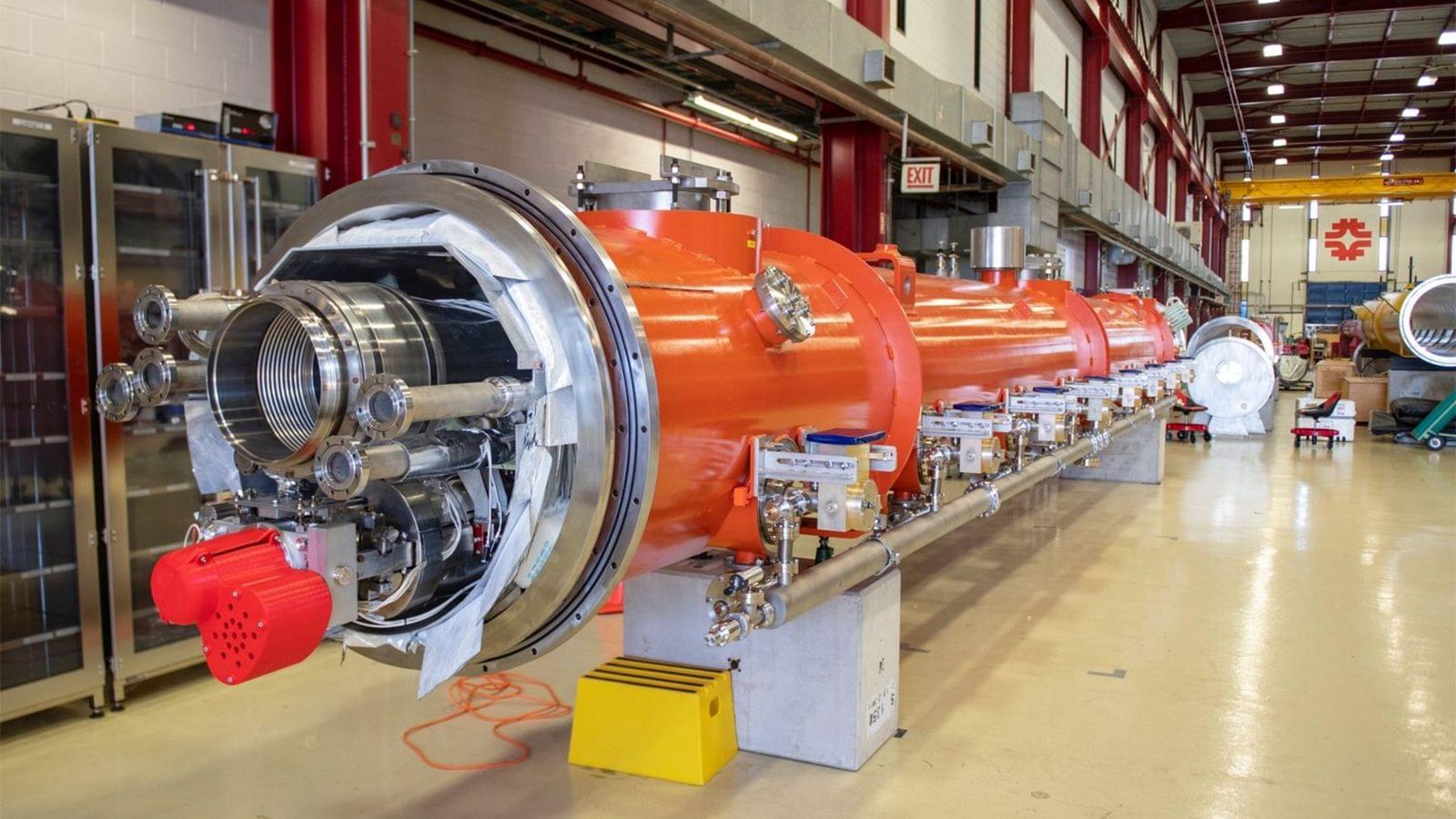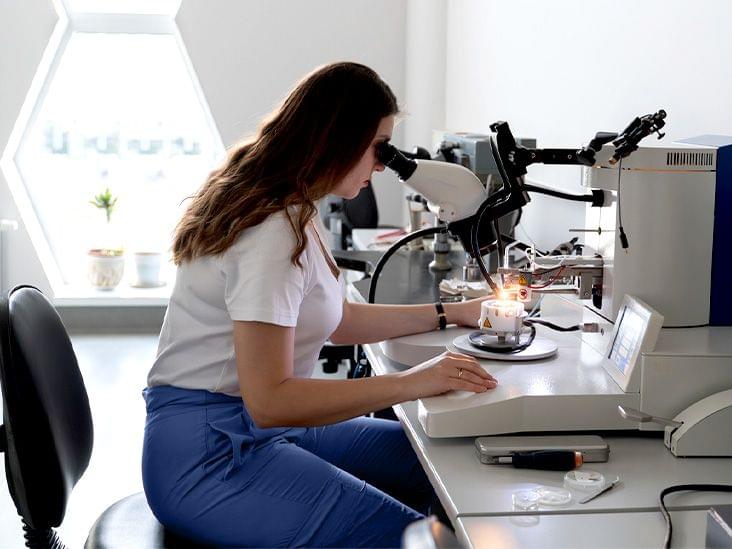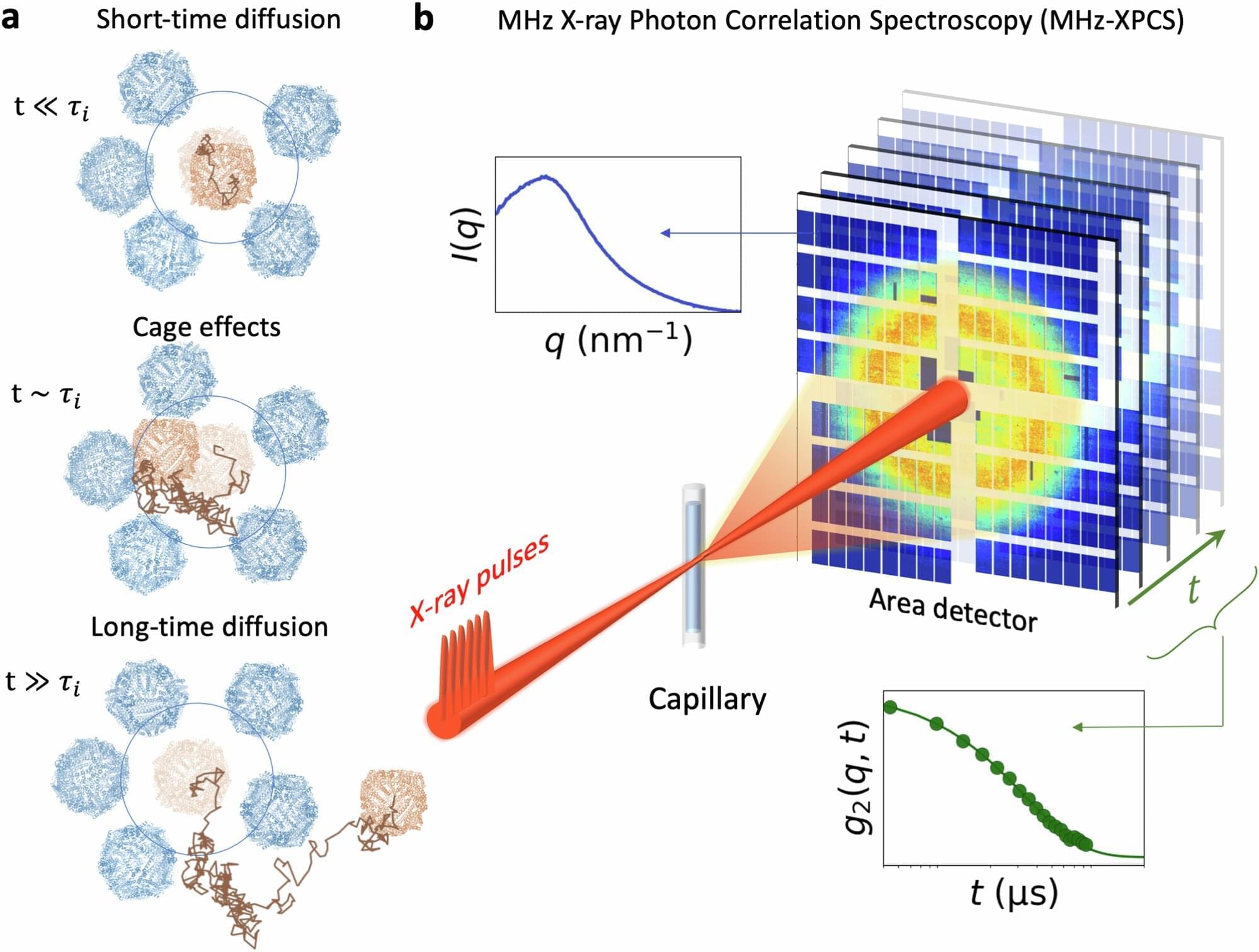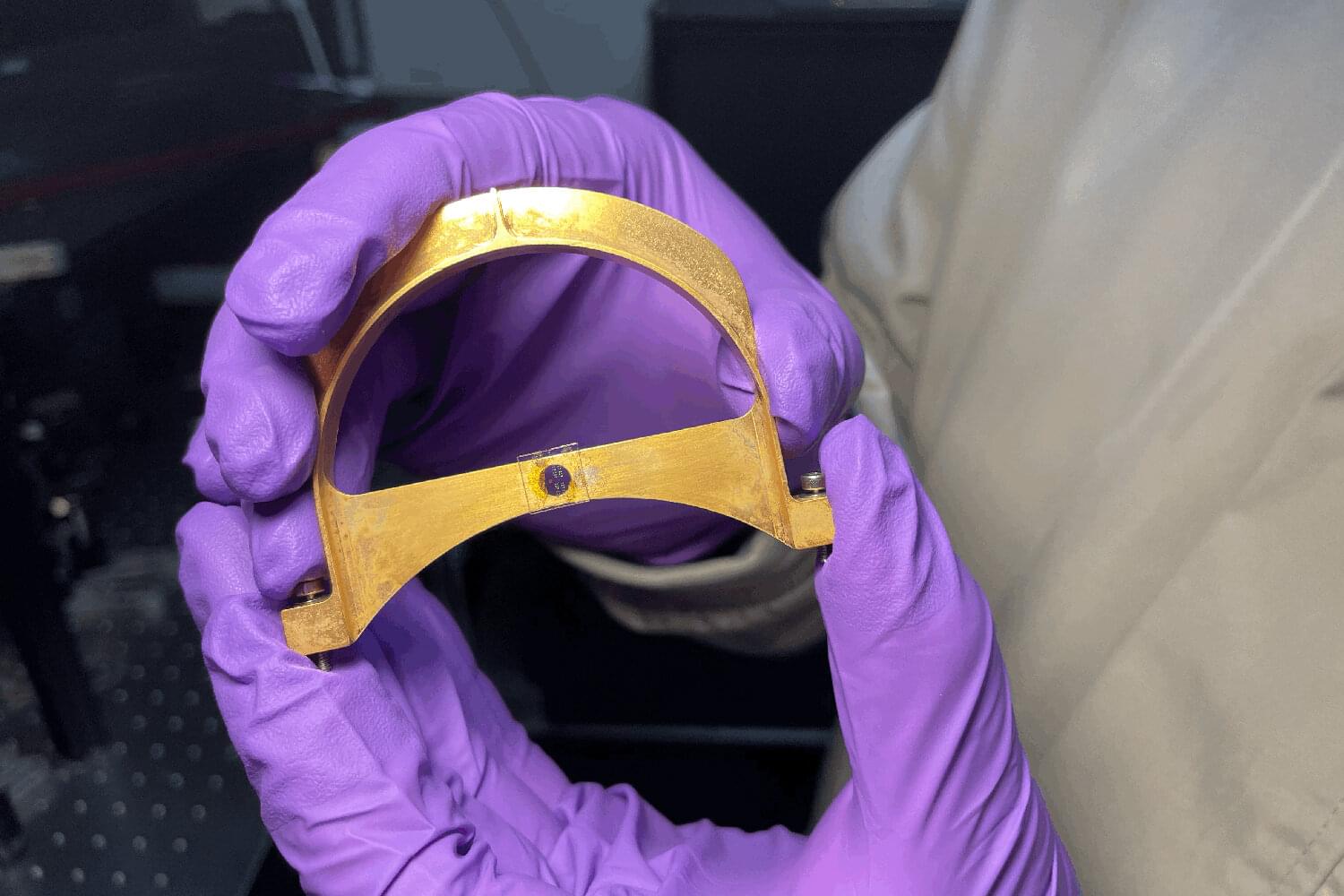In a recent study, Bagchi and her colleagues discovered that together, silver nanoparticles scaffolded onto phages killed bacteria more potently than either component alone.
This suggests that the conjugates may be a new, promising weapon in the fight against antibiotic resistance.
Read more: https://bit.ly/3KKm5D4
In a recent study, researchers wanted to “take advantage of both worlds,” said Damayanti Bagchi, a material chemist who led the work as a postdoctoral researcher in Irene Chen’s laboratory at the University of California, Los Angeles.1 For the first time, Bagchi and her colleagues synthesized silver nanoparticles using phages called M13, which they also used as a scaffold for the nanoparticles. The silver particle and M13 phage conjugate killed bacteria more effectively than each component alone. The conjugate also slowed down the development of bacterial resistance. This work, published in Langmuir, expands researchers’ arsenal of weapons in their fight against antibiotic resistance.
“This is quite new, using phages as scaffolds [for silver nanoparticles]. I find it very exciting,” said Timea Fernandez, a biochemist at Winthrop University who was not involved in the study.


